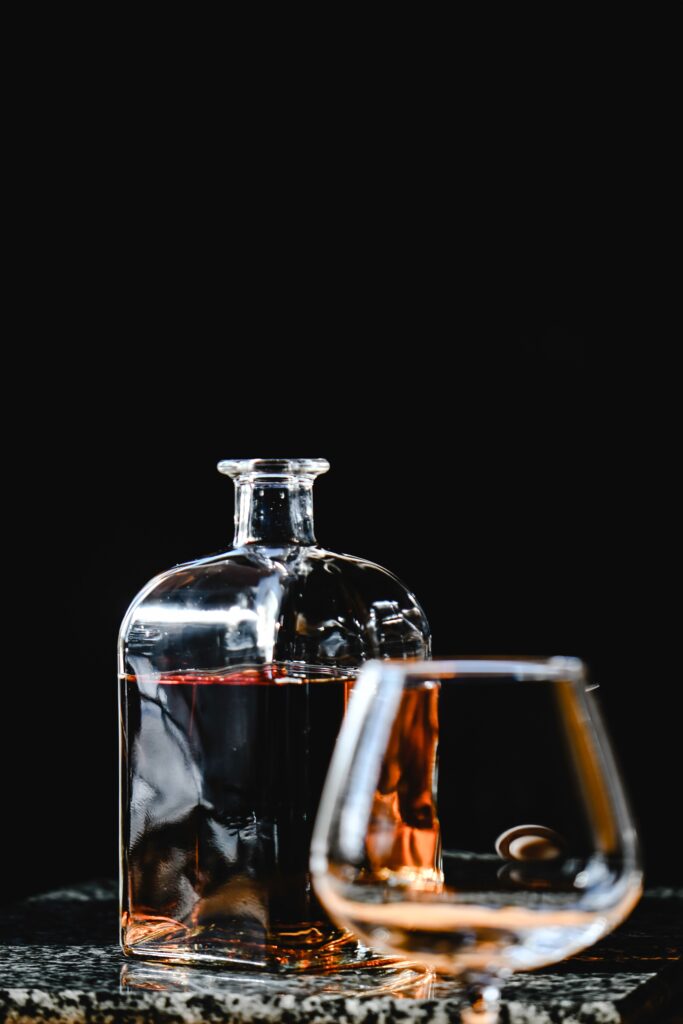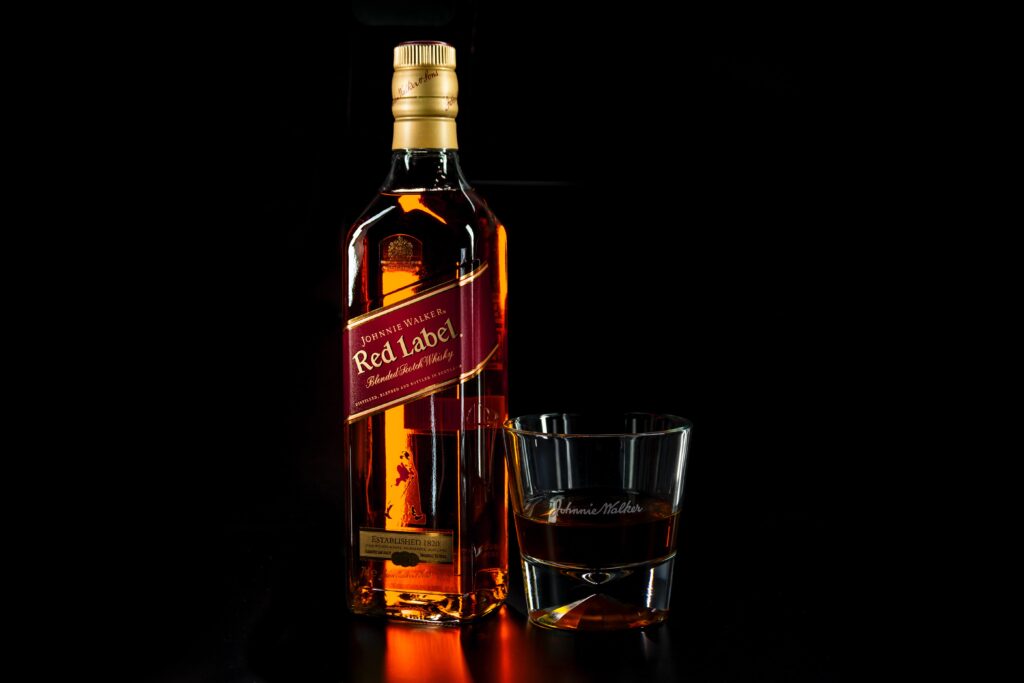Whiskey is far from a one-size-fits-all kind of beverage. You can find scotch whiskey in several forms — broadly, the two varieties of whiskey are malt whiskey and grain whiskey. Even then, there are so many unique ways to craft whisky using either of these two base products.
As the names would imply, malt whiskey is brewed from malted barley, while grain whiskey is made from various types of grains. Depending on how these ingredients are combined and brewed, it’s possible to create concoctions like blended malt whiskey, single malt whiskey, blended whiskey, single cask, and cask strength.
What Sets Scotch Whiskey Apart?
Scotch whiskey is one of the many varieties of whiskey, and it’s easily one of the most well-known and popular. Scotch can be brewed from either malted barley or grains or even a combination of the two. Most importantly, Scotch hails from Scotland — hence the name.
Traditionally, Scotch was a malt whiskey beverage. During the 18th century, however, commercial distilleries started crafting Scotch from grains like rye and wheat. The prevalence of distilleries has grown over the years, and in 2020, there were 134 of them producing Scotch in its nation of origin.
The simplest way to distinguish Scotch from other types of whiskey is its country of origin. For your drink to be classified as Scotch, it must have come from Scotland. A distiller cannot label its product as “Scotch” unless it’s produced in Scotland.
Alternatively, if whiskey is produced in the United States (often Kentucky), it’s considered bourbon. Unlike Scotch, bourbon is typically made from corn.
Can Scotch Whiskey Be Brewed Outside of Scotland?
Scotch whiskey cannot be produced outside the borders of Scotland. The Scotch Whiskey Regulations 2009 are used to determine when a beverage qualifies as “Scotch,” and when it isn’t permitted to bear this label. One key stipulation of this act requires the whiskey’s country of origin to be Scotland.
What Kinds of Scotch Whiskey Are There?
There are numerous ways that distilleries can produce Scotch whiskey. According to the aforementioned Scotch Whiskey Regulations 2009, however, all Scotch must fall into one of these five categories:
- Single Malt Scotch Whiskey
- Single Grain Scotch Whiskey
- Blended Scotch Whiskey
- Blended Malt Scotch Whiskey
- Blended Brain Scotch Whiskey
Where in Scotland is Whiskey Produced?
Primarily, there are five whiskey-producing regions throughout Scotland. Keep in mind that these regions aren’t officially designated, however — they’re just where whiskey is most commonly produced. Technically, it’s possible to brew Scotch anywhere within the nation of Scotland.
The five (unofficial) whiskey regions of Scotland are:
- Islay
- Speyside
- Lowlands
- Highlands & Islands
- Campbeltown
In some cases, the Islands are considered to be a region of their own.
When you’re deciding on a Scotch to try for yourself, the choices can be overwhelming. If you’re a new Scotch drinker, a great place to start is with a classic: Johnnie Walker Black Label and Red Label. You can pick some up for yourself from Payless Liquors. To get started, just stop by our store or place a pickup order today.




